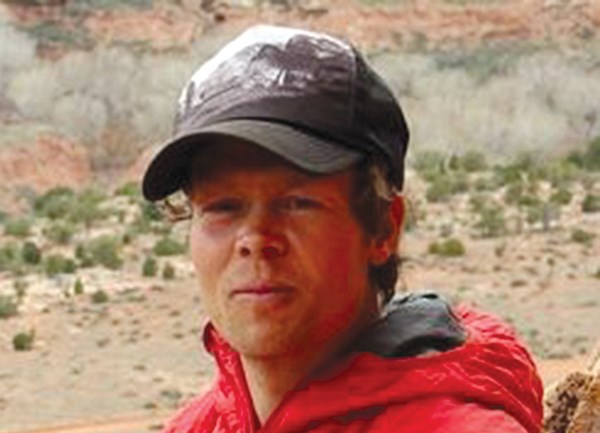The issues and perpetrators multiplied with every climber contacted or person who spoke. They increased and divided like cells of a cancerous mass, growing and spreading.
BC Parks’ mandate, as noted on its website, is “to protect representative and special natural places within the province’s Protected Areas System for world-class conservation, outdoor recreation, education…. Inherent in this mandate is the requirement to maintain a balance between BC Parks’ goals for protecting natural environments and outdoor recreation.”
For a moment, imagine that a film crew moved into Alice Lake Provincial Park for 18 days in June during a heat wave. The 250-person crew for Star Trek 8: Voyage Through Xanadu closes the lake, surrounding shore and trails, trims trees for shooting and fills the parking area with their equipment, trucks, generators and, oddly, a wood-fired pizza truck for the much suffering cast and crew. Squamish residents fly into an outrage as families struggle to find places to go and cool off.
Someone does a little cursory research, hoping that at least her park will see some of the probably huge fees paid by the film crew afterwards to fund enhancements and learns that BC Parks charged them exactly $1,800 to rent the park. Even worse is the fact that that money heads for a general BC Parks account that probably won’t be used for improvements or added staff for any parks in this area.
Every dollar counts, or so I’ve heard, and that might be enough to pay the service charges on one of BC Park’s bank accounts, or buy a book of cheques. Disgruntled, this once motivated and curious citizen realizes her provincial government is truly prostituting out our natural resource for the good of pumping up its economic chances.
This didn’t really happen, well some of it anyway. No wait, it all did except this cinematic masterpiece was actually being shot in the forest beneath the Grand Wall, a forest containing one of the top three bouldering destinations in North America, and Canada’s most difficult bolted sport climb, Dream Catcher. All this happened during the start of the busiest months of the climbing season, the forest streaming with climbers, sweat running off the back of an evergreen covered giant. The dollar figure is real – and so is the part about where that piddly amount of money went.
Tempers flared, user groups jostled to action and individuals took direct action. Criticism flew, some called it a massive inconvenience for the visiting droves of climbers, some balked at the tree cutting happening within their park, boulder problems got shellacked by ill-advised crew members, and everyone was generally incredulous but also reflected hard on their own impacts upon this precious resource, preciously prostituted by our provincial politicians.
While some of the complaints seem superficial, the idea of impacts of user groups upon the park rang true. Hikers and dog walkers have impacts on the trails of the Stawamus Chief Provincial Park; climbers have impacts on the walls, boulders and forest floor.
The movie crew also had an impact on the land that was unique, less recognizable to the uneducated but concentrated.
As climbers, we choose to make changes for long-term improvement of impact because many of us really care about those areas, use them almost every day of the week. The impact of film crews is a newer, less understood and warrants further study, if parks can afford it. Maybe that $100-per-day rate needs to be increased.
Like Voltaire, I’d defend to the death those individual boulderer’s rights to protest, but I don’t agree that their path was the right one. The Squamish Access Society (SAS) continues to be the voice that speaks for the local climbing community as far as access issues. Using it as our mouthpiece makes us, as a community of climbers, better understood by the greater Squamish population and more legitimate in the eyes of landowners and the law.
We’re past the point of yelling, folding our arms and demanding that the park remain free of commercial activity – although I like the idealism in this. Realistically, movie crews will continue to come to our front country wild areas. As climbers we need to use our community voice through SAS.
And BC Parks needs to better communicate with user groups including film crews in order to actually fulfill the parks’ mandate – or we risk becoming a pimper’s paradise.




